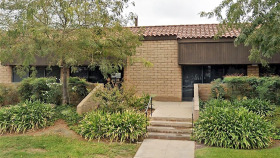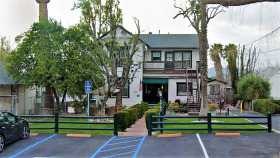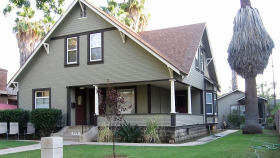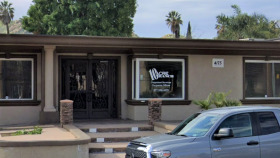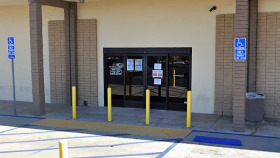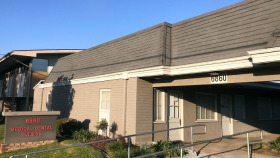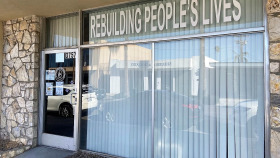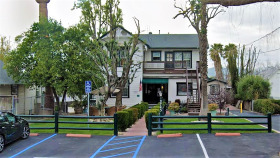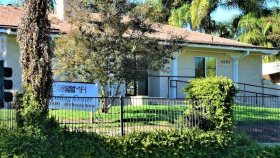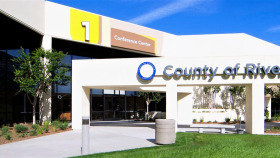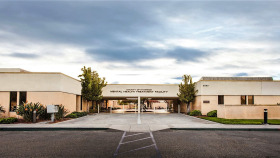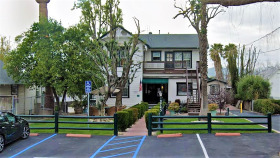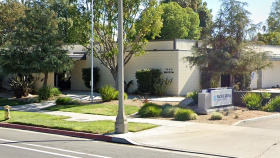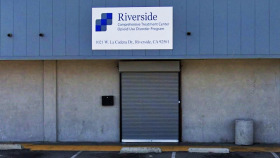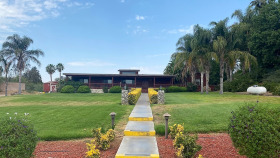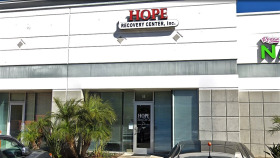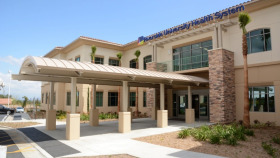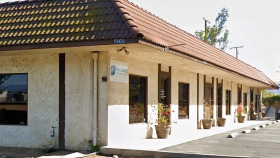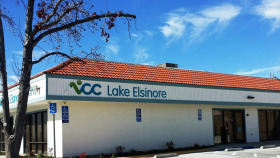Expert Insights
I have to admit, I was absolutely astonished to learn just how badly Riverside is struggling with fentanyl-related deaths. In fact, according to the numbers given by the Riverside County District Attorney on a national TV news program, the number of deaths caused by fentanyl in the area has gone up by 800 percent in the last five years. He went on to say that they expect to see well over 500 deaths this year due to fentanyl poisoning. It is, therefore, unsurprising that locals are now calling for officials to do more to stop the flow of fentanyl into the city.
~ Natalie Baker
How Expensive is Drug Rehab in Riverside?
A Riverside drug rehab will vary in cost and depends on many factors. Is it inpatient or outpatient? How long is the program? What types of amenities does it offer?
Private insurance can help keep costs down. If you don’t have insurance and price feels like a barrier to treatment, there are free and low-cost options available as well.
Are There Low-Cost and Free Drug Rehab Centers in Riverside?
Free drug and alcohol rehabs in Riverside are available to those who do not have insurance or have limited income. These facilities are typically government-funded and will have residency and income requirements that must be met before you can qualify.
Detoxification, outpatient, and residential treatment programs are available to Riverside County residents. You can call a toll-free number for an assessment by a substance use certified counselor or walk into one of the county clinics located in Riverside for an in-person assessment.
How Does Riverside Compare in Alcohol and Drug Use?
With a population of more than 318,000, Riverside is the 13th largest city in California and the 65th largest in the United States. But like so many other cities in The Golden State, it faces a growing opioid crisis. During a recent Faces of Fentanyl launch event, leaders in Riverside County shared facts and information on the alarming rise of fentanyl deaths, which increased from 28 deaths in 2017 to 406 deaths in 2021. If you or someone you love needs professional addiction treatment, there are nearly 75 accredited alcohol and drug rehab centers in Riverside.
Located about 50 miles southeast of Los Angeles, Riverside, and Riverside County is part of a well-known drug-trafficking pipeline. In June 2021, two Riverside men and ten others were arrested and charged with attempting to bring more than 150 pounds of methamphetamine into the area.
The drug use statistics in the area reflect that activity:

In 2021, the county had 769 overdose deaths, up from the previous year.

Methamphetamine was the drug most often seen with overdoses, followed by fentanyl.
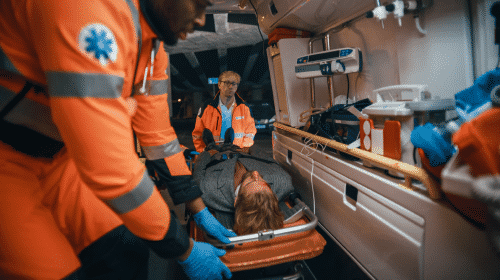
Between January-April 2022, EMS responded to 250 drug overdoses in Riverside, more than any other city in the county.
Alcohol and Drug Laws in Riverside
Drug Court/Recovery Opportunity Center: Riverside County has four adult offender drug court programs, including one in Riverside. Drug Courts are structured, intensive outpatient programs designed for felony, non-violent offenders with a substance use disorder. The collaborative approach includes teams from the Superior Court, Probation, District Attorney, Public Defender, and the Department of Mental Health.
California Good Samaritan Overdose Prevention Law: The Good Samaritan Law is designed to help prevent overdose deaths. The law gives limited immunity to people who call 911 to get help for someone who has overdosed. Neither the caller nor the victim will be charged with the possession of a small number of drugs. People could still face charges if they are found in possession of enough drugs that would suggest trafficking or sales.
Employee Protections for Addiction Treatment: In California, an employer with 25 or more employees must reasonably accommodate any employee who voluntarily enters a drug or alcohol rehab. The labor code allows employees to use accrued sick leave during this time. Employers may also allow the employee to use vacation leave or other paid time off. This type of time off may also be covered under the Family and Medical Leave Act or the California Family Rights Act if the employee is eligible and has a serious health condition. Employers must make every reasonable effort to keep information about the employee’s treatment private.
Resources
- Riverside, California Population 2021 (Demographics, Maps, Graphs). (n.d.). Worldpopulationreview.com.
- Riverside County EMS Agency. (2022). EMS Suspected Overdose Data.
- Riverside County Committee to Combat Fentanyl Abuse. (2021, July 1). Supervisors Approve Awareness Campaign, Creation of Multidisciplinary Committee.
- U.S. Department of Veterans Affairs. (2022, March 23). PTSD and Substance Abuse in Veterans.
- National Institute on Drug Abuse. (2022, May 4). Sex and Gender Differences in Substance Use.
- Centers for Disease Control. (2022, April 18). Excessive Alcohol Use is a Risk to Men’s Health.



